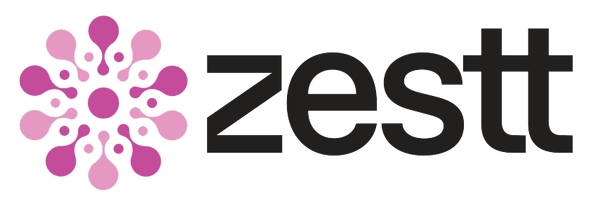Over three centuries ago, Antony van Leeuwenhoek was the first person to observe microbes in his own dental plaque – laying down the foundations of modern microbiology.
The latest estimates show that there are 3.8 x 1013 microbes in our bodies, making up our “microbiome.” These microbial species live throughout our bodies, with each organ having distinctive communities related to environmental factors like acidity levels, mechanics and exposure to gases such as oxygen and carbon dioxide.
Our mouths themselves have their own microbiological communities, where there are approximately 1000 species of bacteria, fungi, viruses, archaea and protozoa. These organisms interact with each other and with us as the host, and they are influenced by all the things we put in our mouths to eat and drink.
The microbial community in our mouth has its own balance, just like the community in our gut and if that community gets out of balance, known as dysbiosis, then we can experience a rise in microbiological species we don’t want contributing to diseases such as periodontitis and halitosis (gum disease and bad breath), heart disease, dementia, diabetes and head and neck cancer.
The oralome (oral microbiome) is an incredibly dynamic environment when you think about all the things we do with our mouths on a daily basis: running, snoring, kissing, eating, drinking, chewing, brushing our teeth and taking medicines.
Most of our oralome exists in a state known as the “biofilm.” Biofilms have been defined as a structured community of aggregated bacterial cells (from the same or multi-species), embedded in a extracellular polymeric matrix (which our bodies produce). This micro-environment can shape the pH of our mouth and the oxygen levels within the bacterial communities.
This is where it gets kind of cool – the oral biofilm is formed by an initial adhesion of bacteria, known as “early-colonisers.” These colonisers are anaerobes (live in absence of oxygen) and feed on oral glycoproteins and salivary mucins, with 80% of the early colonisers being represented by Streptococcus species.
Approximately 700 bacterial species have been identified in the oral cavity making the oral cavity the second largest bacterial community in the human body, after the gut (read more here).
And just to show that scientists love naming things, to make it easier to understand – or not – as said earlier, the full oral microbiome is called the oralome, the bacterial oral biome is called the bacteriome, the viral oral biome, the virome, the oral fungal microbiome, the mycobiome, the oral protozoa biome, the protozoome and of course the oral archae biome, the archaeome!
In our mouths, the resident oralome (all of the microorganisms) blocks the primary colonisation of pathogens and provides protection to the host by a supporting the creation of a strong immune system. These microorganisms modulates the ecosystem by releasing inflammatory cytokines, cell adhesion molecules, and growth factors - aiding in maintaining the balance of host tissues.
To counter dysbiosis (when things get out of balance) probiotic therapy is increasingly recognised as both a treatment and a preventative therapy.
Oral probiotics are live microorganisms and are considered generally safe to consume and used to treat various systemic disorders including inflammatory disorders. Lactobacillus, Bifidobacterium, and Streptococcus genera have been commonly used as probiotics.
So, in short – good quality oral probiotics can help maintain and restore the balance of your oralome, supporting your gum health and general health.
Everyday, we are learning more and more about how we interact with the trillions of microbes that we carry with us. It’s extraordinary to think of the many interactions and signals going on within our bodies every second – and when we think about ourselves as part of a complex external environment of air, soil, chemicals, plants, mammals, insects and microbes – it’s easy to understand why we try to simplify things to make sense for our limited brain computing power – but it’s also a good reminder to think of ourselves as part of the wider ecosystem, not separate to it, right down to the organisms which live in our mouths!
For more information please contact Anna or Darcy at info@zesttwellness.com

